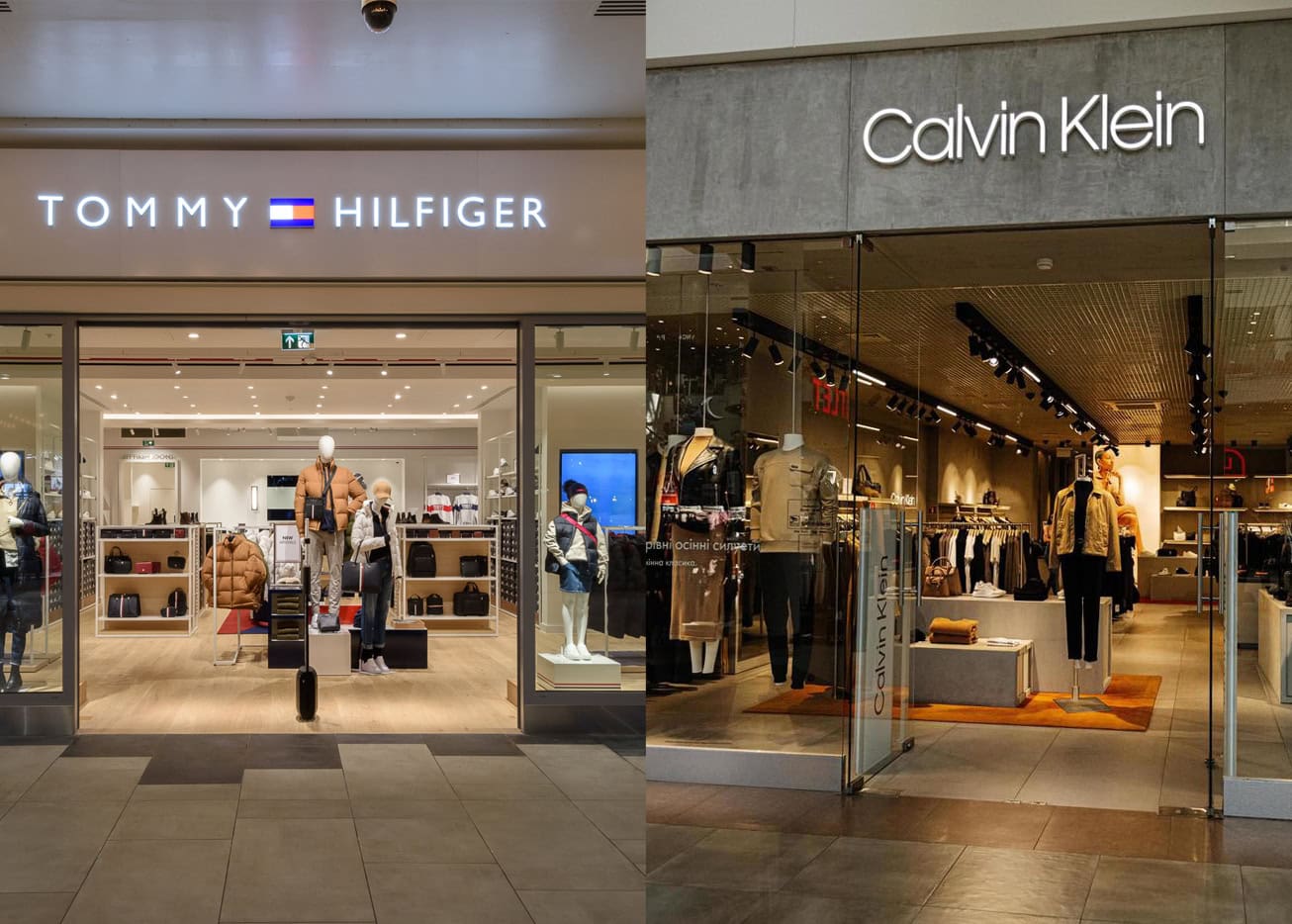The Owner of Calvin Klein and Tommy Hilfiger Exceeded Expectations Despite a 4.6% Revenue Decline
PVH Corp. reported third-quarter results that exceeded earnings expectations despite a 4.6% year-on-year revenue decline, signaling steady progress in its PVH+ strategic plan. The company’s Q3 revenue totaled $2.26 billion, slightly surpassing analyst forecasts of $2.22 billion. Adjusted earnings per share came in at $3.03, beating estimates by 17%. However, operating margins fell to 8.1% from 9.7% a year earlier, and net income dropped 18.4% to $131.9 million.
Stefan Larsson, PVH’s Chief Executive Officer, emphasized the company’s achievements despite headwinds, stating, “We beat our top- and bottom-line guidance for the third quarter, fueled by our relentless execution of the PVH+ Plan. Throughout the quarter, we drove powerful consumer engagement for both Calvin Klein and Tommy Hilfiger.”
Tommy Hilfiger continued to resonate with consumers, boosted by a high-profile runway show, while Calvin Klein garnered attention with its Jeremy Allen White ad campaign. Larsson highlighted the company’s shift to “hero products” and adjacent offerings to maximize consumer interest with reduced inventory needs. “This is the first season created with the PVH+ mindset from the start,” he said. “We can see very strong performance, significantly improved sell-through.”
Despite this progress, the company is navigating a challenging retail environment. Larsson noted an early start to the holiday season due to calendar shifts and heightened promotional activity but expressed confidence in meeting holiday performance goals across regions.
Inventory remains a critical focus. While PVH aims to reduce inventory by 25% relative to sales, current inventory rose 9% year-on-year due to early receipts and previously lean stock levels. Larsson described the inventory strategy as a “demand-driven, data-driven approach,” acknowledging lessons learned from past seasonal transitions.
Gross margins improved to 58.4% from 56.7% in the prior year, reflecting better operational efficiency. However, PVH did not raise its full-year outlook, maintaining an adjusted EPS guidance of $11.55 to $11.70 and expecting annual revenue to decline by 6% to 7%. This cautious stance led to a 6.6% drop in PVH shares, closing at $105.41.
Larsson remains optimistic about PVH’s transformation, balancing the agility of a small business with the scale of a global conglomerate. “The consumer is in charge,” he said. “We are putting more creativity and brand magic into the product, consumer engagement, and marketplace execution. It’s an ongoing evolution.”
As PVH continues its strategic shift, it faces the challenge of maintaining momentum while adapting to an unpredictable retail landscape. For investors, the company’s ability to balance short-term pressures with long-term brand-building could determine its success in the quarters ahead.
